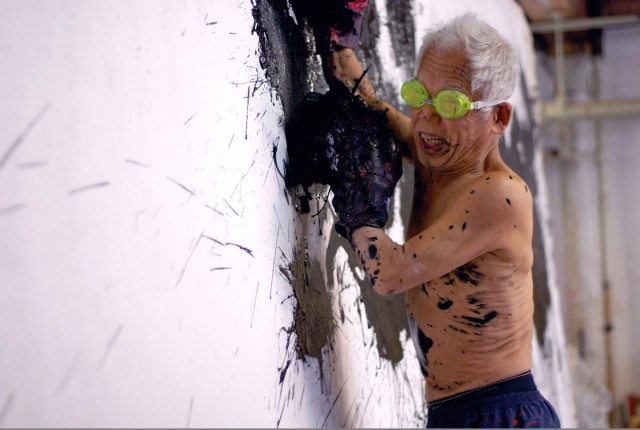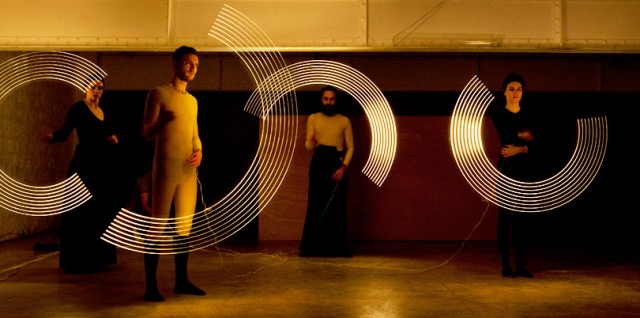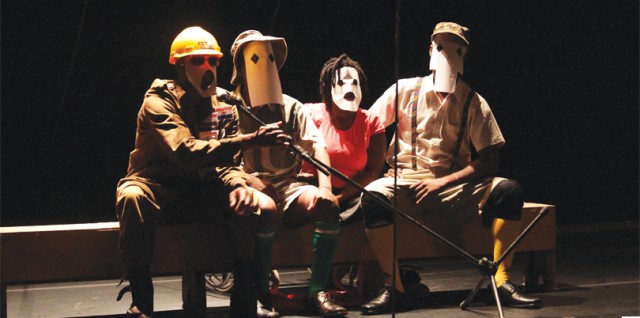Multiple venues
Saturday, September 28
Admission: free for two people with printed ticket
www.smithsonianmag.com/museumday
The ninth annual free museum day, sponsored by Smithsonian magazine, takes place on Saturday, September 28, with institutions all over the country opening their doors to people who have downloaded a free ticket for two from the above website. There’s only one ticket allowed per household/e-mail address, so be careful before filling out the online form; some of the museums are free anyway, either all the time or on Saturdays, while others might be between exhibits so there won’t be all that much to see. The participating venues in the five boroughs include the Asia Society Museum (“Iran Modern”), the Bartow-Pell Mansion Museum, the Cathedral Church of Saint John the Divine (“Dog Bless You: The Photography of Mary Bloom”), the Children’s Museum of Manhattan (“Red Grooms’ New York City”), El Museo del Barrio (“La Bienal: Here Is Where We Jump!”), the Fraunces Tavern Museum (“Rating the Attic: A Crowdsourced Exhibit”), the Hispanic Society, Historic Richmond Town, the Jewish Museum (“Chagall: Love, War, and Exile”), the Morgan Library (“Tiepolo, Guardi, and Their World: Eighteenth-Century Venetian Drawings”), the Mount Vernon Hotel Museum & Garden, the Museum of American Finance (“The Fed at 100”), the Museum of Arts & Design (“Body & Soul: New International Ceramics”), the Museum of Chinese in America (“Shanghai Glamour: New Women 1910s-40s”), the New York City Fire Museum, the Noble Maritime Collection (“Tides of 100 Years”), the Rubin Museum of Art (“Flip Side”), the Skyscraper Museum, the Smithsonian National Museum of the American Indian (“Before and After the Horizon: Anishinaabe Artists of the Great Lakes”), the Staten Island Museum (“They’re Baaack! Return of the Seventeen-Year Cicadas”), the Ukrainian Museum (“Out of Tradition: Contemporary Decorative and Applied Art”), the U.S. Lighthouse Tender LILAC (“Industrial Waters”), the Van Cortlandt House Museum, the Vilcek Foundation (“Brian Doan: hôme hôme home”), and the Waterfront Museum (“Pollywogs and Shellbacks: Marine Paintings by Frank Hanavan”). Of course, if you pair up with friends and relatives, you can get more tickets for different places.


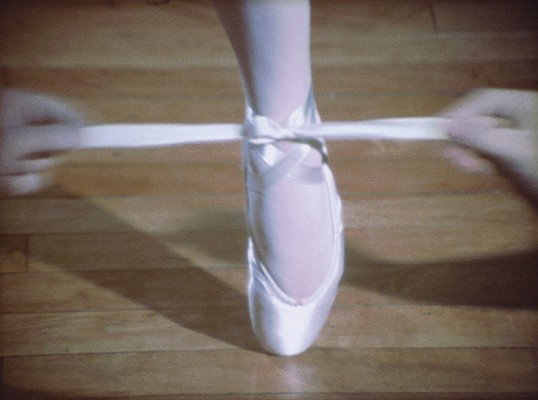
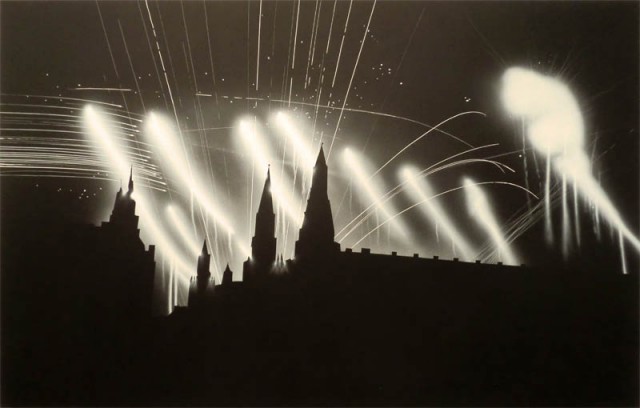

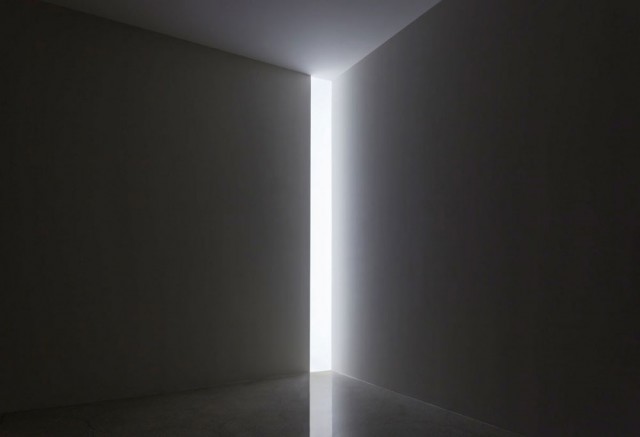
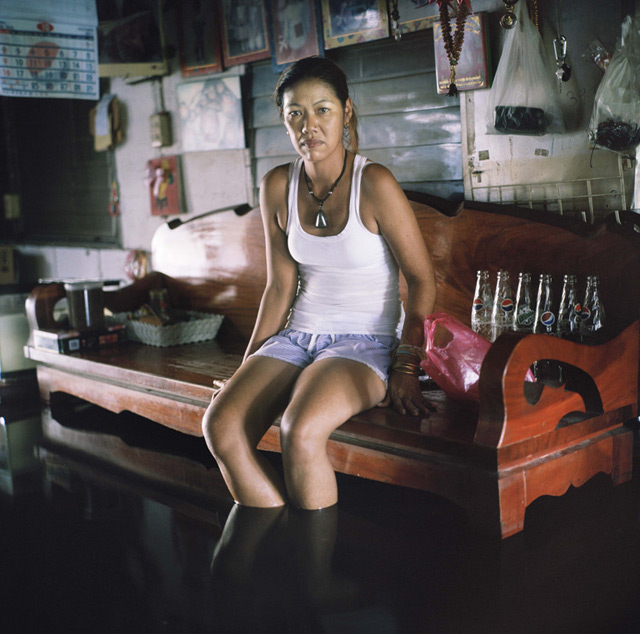
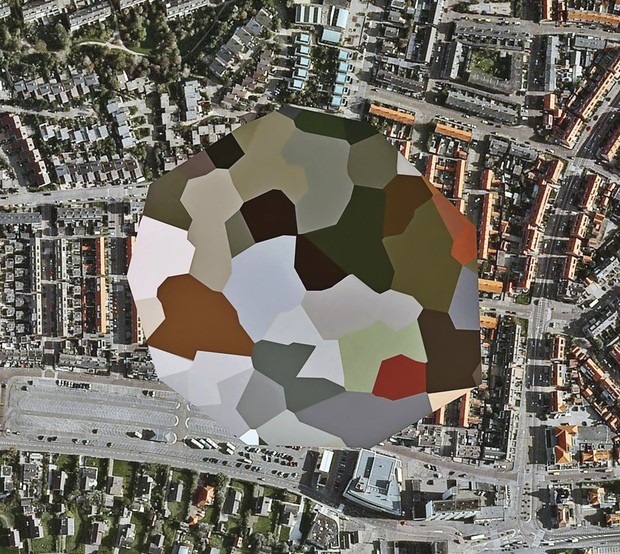
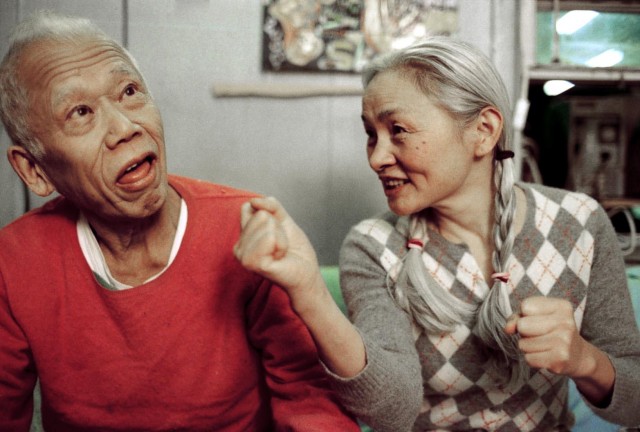
 Zachary Heinzerling’s
Zachary Heinzerling’s 